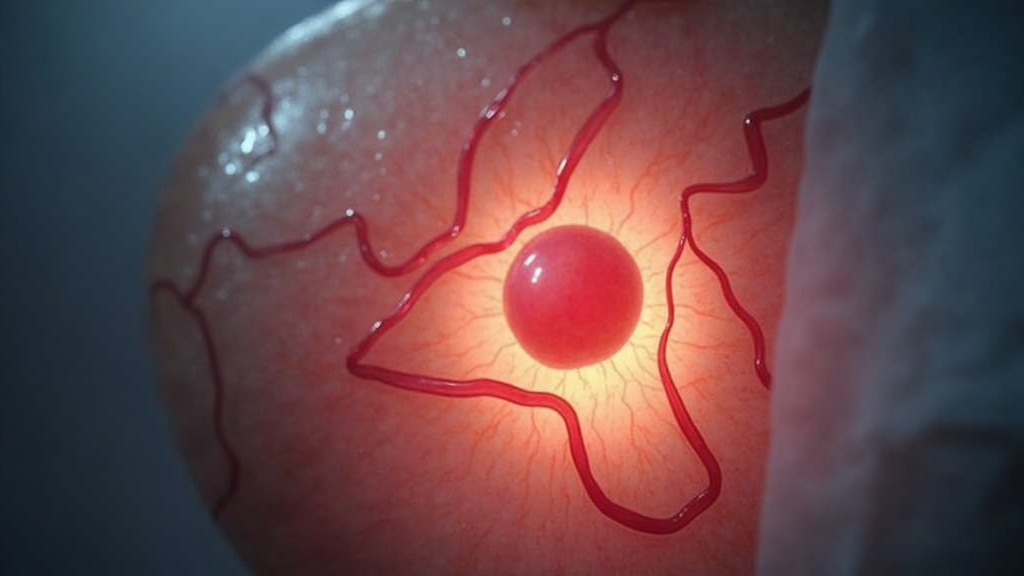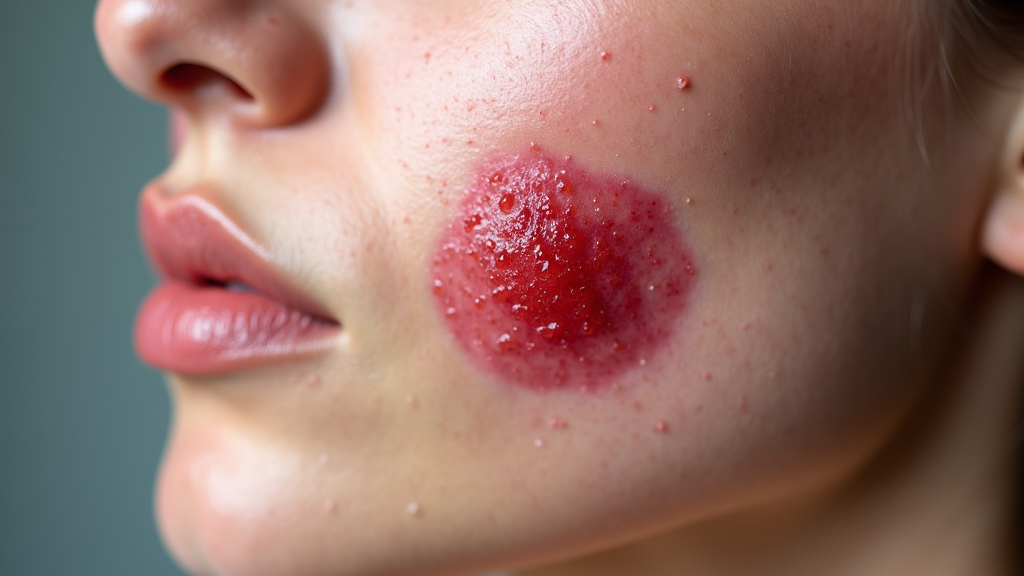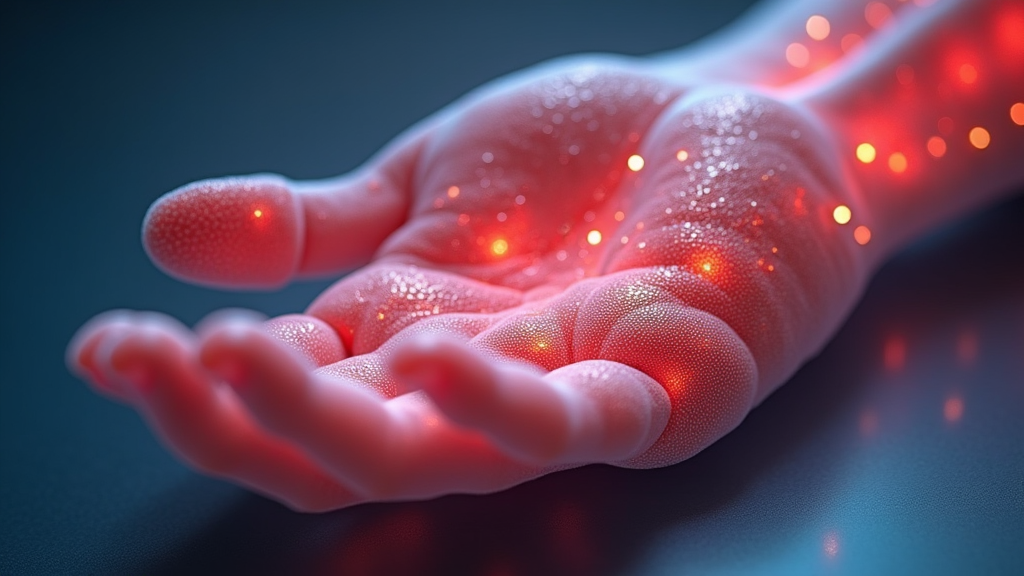Vascular lesion treatment options include laser therapy, sclerotherapy, and surgical removal. Discover effective solutions for healthier skin.
If you’ve noticed a red, purple, or blue mark on your skin, it could be a vascular lesion caused by abnormal blood vessel growth. Fortunately, several effective treatments can address this condition. This guide explores vascular lesions, their types, and the best treatment solutions.
Key Takeaways
- Vascular lesions are abnormal blood vessel growths.
- Common types include hemangiomas, telangiectasias (spider veins), venous malformations, and pyogenic granulomas.
- Treatment options range from laser therapy to sclerotherapy and surgical removal.
- Early treatment can improve skin health and appearance.
For more information on advanced aesthetic treatments that enhance skin appearance, explore our aesthetic technology options.
 Vascular Lesion Treatment
Vascular Lesion Treatment
What Are Vascular Lesions?
Vascular lesions are skin abnormalities caused by blood vessel issues. They can occur at any age, with some lesions fading naturally over time, while others require treatment for improvement.
Common Types of Vascular Lesions
| Type of Lesion | Description | Common Appearance |
|---|
| Hemangiomas | Bright red growths often seen at birth | Raised, red spots |
| Capillary Malformations | Flat marks known as port-wine stains | Flat, red/purple |
| Venous Malformations | Bluish lesions that may grow with age | Blue or purple spots |
| Telangiectasias | Small, dilated blood vessels that appear as red lines | Spider veins |
| Pyogenic Granulomas | Small, elevated red bumps that bleed easily | Raised, red bumps |
- Hemangiomas: Often present at birth and tend to shrink over time.
- Capillary Malformations (port-wine stains): Flat and permanent, requiring treatment for cosmetic purposes.
- Venous Malformations: Bluish spots that can grow larger and cause discomfort.
- Telangiectasias: Small, visible blood vessels, commonly found on the face and legs.
- Pyogenic Granulomas: Raised red bumps that develop after injury and bleed easily.
Why Treatment May Be Necessary
Treatment for vascular lesions is often sought for cosmetic concerns or to alleviate discomfort. Early intervention can enhance skin appearance and overall health.

Treatment Options for Vascular Lesions
Laser Therapy
Laser therapy is a popular choice that uses focused light to shrink abnormal blood vessels. It improves the skin’s appearance and requires minimal recovery time.
Sclerotherapy
In sclerotherapy, a solution is injected into the affected vessels, causing them to close and fade. This is effective for small lesions and commonly used for varicose veins.
Surgical Removal
For larger or complex vascular lesions, surgery may be recommended. This involves carefully excising the lesion, especially if it causes discomfort or impairs movement.
Medications
In some cases, medications may be prescribed to reduce lesion size or alleviate symptoms. Consult your healthcare provider for the best treatment plan.
What to Expect During Treatment
- Consultation: A physician evaluates the lesion and outlines your treatment options.
- Pre-Treatment: Follow any pre-treatment guidelines, such as avoiding certain medications.
- Treatment Day: Laser therapy may produce a warming sensation, while injections feel like a slight pinch.
- Post-Treatment: Expect some redness or swelling; follow your doctor’s instructions for aftercare.
Additional Considerations
- Consultation and Diagnosis: A thorough evaluation ensures the right treatment for your lesion type.
- Skin Sensitivity: Specialized pre- and post-treatment care may be necessary for sensitive skin.
- Long-term Care: Discuss follow-up appointments to monitor results and skin health.
Recovery After Treatment

Most patients resume normal activities shortly after treatment. Healing times vary, but avoiding sun exposure and strenuous activities is often advised. Adhering to post-treatment care maximizes results.
When to Seek Help
Consult a healthcare professional if you notice new lesions or changes in existing ones. Early detection improves outcomes, so don’t hesitate to seek medical attention if you’re experiencing discomfort.
Living with Vascular Lesions
Living with vascular lesions can affect self-esteem, but many others face similar challenges. Support groups and online communities offer valuable support and understanding.
Conclusion: Take Care of Your Skin
Vascular lesions can be concerning, but understanding your options and the available treatments allows for effective management. If you’re in El Paso, Texas, and seeking treatment, specialists can provide the care and support you need for healthier skin.
For a holistic approach to skin rejuvenation and wellness, explore our IV therapy options. Your skin is your best asset—treat it with care to radiate confidence.